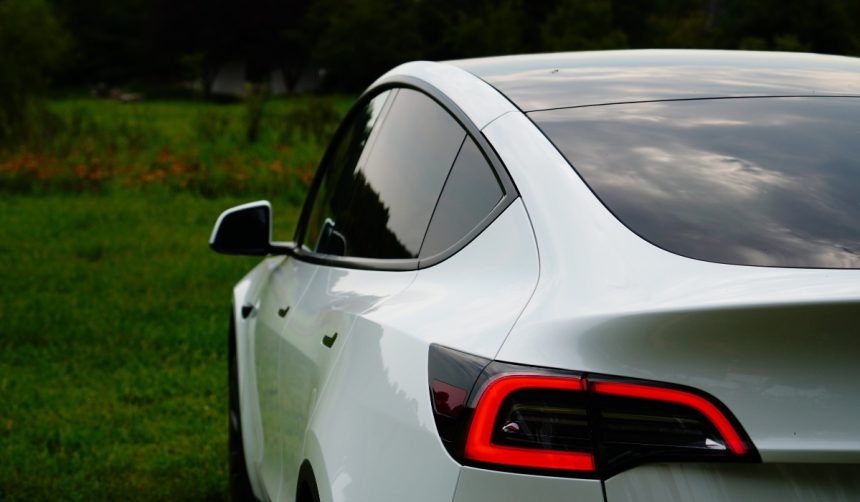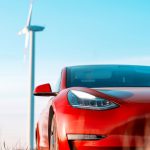Tesla’s newest Model Y L, an extended-wheelbase six-seat SUV, is drawing increased attention in the Chinese electric vehicle market, resulting in delivery timelines stretching nearly a year into the future. The extended waiting period, now estimated at December 2025, underscores the surging popularity of this version, surpassing both initial expectations and delivery capacities. Some industry observers see these trends as indicative of shifting consumer preferences toward larger, more versatile EVs. As rival carmakers continue to introduce new models, the Model Y L’s appeal may offer clues about which features are resonating most in this rapidly evolving market.
When Model Y L launched earlier, analysts were skeptical about how a premium-priced, larger Model Y would perform in China’s increasingly crowded EV sector. While early insurance registration data for this model was modest, no prior version of the Model Y had delivery backlogs stretching more than a few months in the country. In contrast, order volumes for Model Y L have outpaced supply, resulting in one of Tesla China’s longest estimated lead times. This remarkable shift highlights the ongoing recalibration of consumer priorities as the Chinese EV sector matures and grows more sophisticated.
What Drives Chinese Buyers to the Model Y L?
Many buyers are choosing the Model Y L for its six-seat capacity and greater passenger comfort, filling a niche for families requiring additional space. Tesla China’s latest order data shows the company has already sold out allocations for October and November 2025, with new buyers facing expanded wait times. The trim’s higher price has not deterred purchase activity, suggesting consumer willingness to pay for more versatility and flexible seating. Tesla spokespersons provided insight into the vehicle’s popularity:
“Chinese consumers are looking for family vehicles that balance performance and space.”
Is Local Demand Impacting Tesla’s China Operations?
The strong demand for Model Y L is providing a boost to Tesla’s production and sales figures in China for the latter half of 2025. Insurance registration data, which lagged immediately after launch, has seen a steady uptick, driving overall wholesale increases for Tesla China in recent months. Analysts suggest that this trend could strengthen the company’s position in an intensely competitive EV market, where sustained momentum is crucial.
“We are experiencing highly positive responses to the Model Y L and anticipate this will continue,”
Tesla China stated in reference to ongoing sales momentum and delivery projections.
Will Tesla Model Y L Remain Exclusive to China?
As of now, the Model Y L is available only in the Chinese market, although its platform and configuration have potential appeal in other regions. The vehicle’s combination of size, performance, and competitive price has not gone unnoticed by international observers, who point out growing demand for family-oriented EVs globally. While Tesla has not confirmed expansion plans, the success of Model Y L in China may influence future strategy regarding regional releases. The outcome of this market test in China could have broader implications for Tesla’s product design and targeting worldwide.
Demand for larger, multi-row electric SUVs appears stronger than anticipated, especially in urban Chinese markets where family needs shape purchase decisions. The Model Y L deliveries stretching to late 2025 suggest order books are likely to remain full, indicating long-term consumer interest. Since the six-seat layout is rare among affordable EVs, Tesla may use this success to rethink product differentiation strategies elsewhere. For readers tracking automotive developments, the Model Y L’s trajectory is a reminder that flexibility and passenger space are significant factors driving EV adoption, potentially influencing carmakers’ approaches both in China and around the world.
- Tesla’s Model Y L faces lengthy delivery waits in China.
- Six-seat option increases interest among families and urban buyers.
- Sales growth may shape Tesla’s future global EV strategies.










